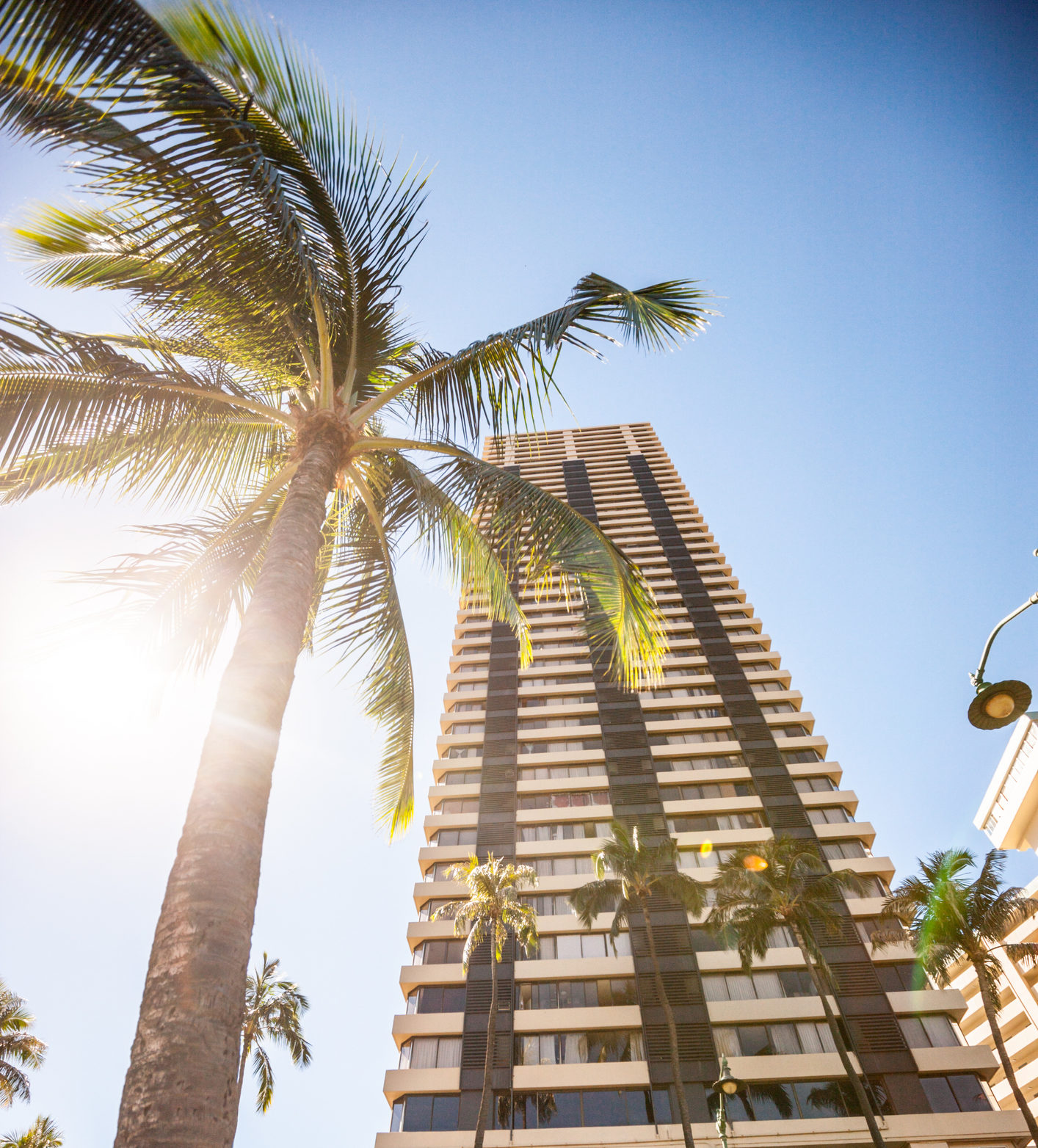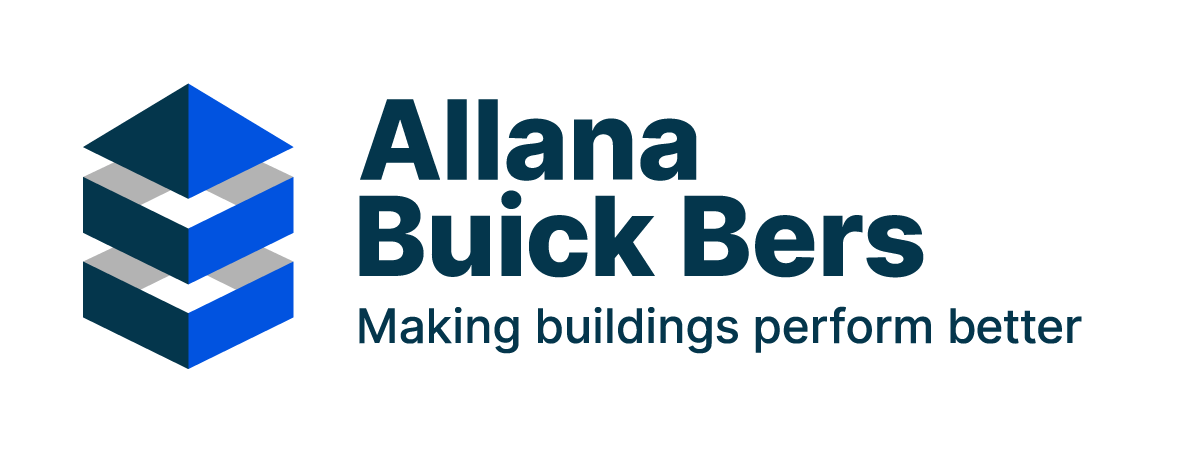
Fire and Life Safety Evaluations for Code Compliance
The deadline for submitting a Fire Life Safety Evaluation (FLSE) to the Honolulu Fire Department was August 31, 2022.
If you did not have a passing score, join the club. A few buildings were able to drop off the list because they were not quite tall enough and could be exempted, but very few (around 7% per HPD) achieved a passing score by 8/31/2022. This shows that few buildings are perfect and how important the Fire Sprinkler Retrofit and/or FLSE process is to the community.
If you missed the deadline, you will have received a Notice of Violation from the Honolulu Fire Department. Many buildings expected another deadline extension due to COVID-19, but this did not occur. The Honolulu Fire Department still expects each building to submit an FLSE and it’s best to engage a qualified consultant to perform the FLSE and communicate your intent to comply with the Honolulu Fire Department.
After submission of the initial FLSE, each building is then presented with the decision to opt in (meaning they will install an automatic fire sprinkler system throughout the building) or opt out (meaning they will make other corrections to the building in order to achieve a passing FLSE score).
Services
Some buildings have a board that decides to opt in, or a majority of Unit Owners vote to opt in, and the building moves forward in the pursuit of fire sprinklers. This is the option preferred by the Honolulu Fire Department and the various insurance carriers, as it offers the best protection for the building, its occupants, and first responders. Adding an automatic fire sprinkler system throughout the building typically includes an upgrade to the fire alarm system, since every isolation valve (recommended to be at least on each floor) and flow switch is to be monitored. Most buildings will also require a fire pump. This might be electric, if the building has an emergency generator with sufficient capacity, but is more often a diesel-powered pump. Finding a physical location for the fire pump can be a challenge, as it requires a physical location approximately the size of a parking stall.
Subject to a few exceptions, the entire building shall be required to be protected by an approved automatic fire sprinkler system within 20 years from May 3, 2018 (by May 3, 2038). An extension to 21 years from May 3, 2018 (by May 3, 2039) may be approved by the HFD; provided that compliance using an automatic fire sprinkler system in the building egress path has been achieved.
While the City has extended the deadlines, the insurance market has also taken a more conservative view of buildings without automatic fire sprinkler systems. Many buildings are opting to install an automatic fire sprinkler system as soon as possible to avoid paying higher insurance premiums for the next 5 to 10 years.
ABB is uniquely qualified to perform services related to Fire Sprinkler Retrofits and the FLSE process for the Hawaii market. We have licensed in-house Architects, Fire Protection Engineers, and Mechanical Engineers and also have a team of Construction Managers to handle bidding, contracts, and typical project management/program management duties. Every building has their own set of challenges, and we excel at “Making Buildings Perform Better”
Some buildings take a vote and the majority of Unit Owners (50% plus one) vote to opt out, meaning they will make improvements necessary to achieve a passing score on the FLSE, but are not opting to install an automatic fire sprinkler system. In most cases this includes an upgrade to the fire alarm system and a variety of other improvements, including fire stopping, doors, door hardware, fire-rated shafts and walls, emergency lighting, exit signage, hazardous material storage, etc.
Buildings shall comply by receiving an acceptable score on the building fire and life safety evaluation within 12 years from May 3, 2018 (by May 3, 2030)
Associations/Coops of an existing high-rise 10 floors or higher may opt out of the automatic fire sprinkler requirement; provided that a majority decide to opt out within 9 years of having received an acceptable score.
While the City has extended the deadlines, the insurance market has also taken a more conservative view of buildings without automatic fire sprinkler systems. Many buildings are opting to install an automatic fire sprinkler system as soon as possible to avoid paying higher insurance premiums for the next 5 to 10 years.
ABB is uniquely qualified to perform services related to Fire Sprinkler Retrofits and the FLSE process for the Hawaii market. We have licensed in-house Architects, Fire Protection Engineers, and Mechanical Engineers and also have a team of Construction Managers to handle bidding, contracts, and typical project management/program management duties. Every building has their own set of challenges, and we excel at “Making Buildings Perform Better”
